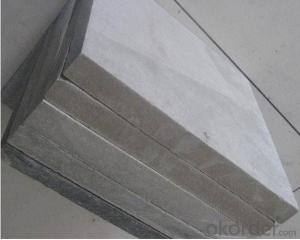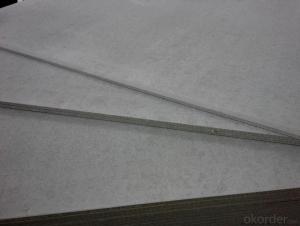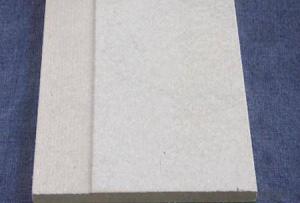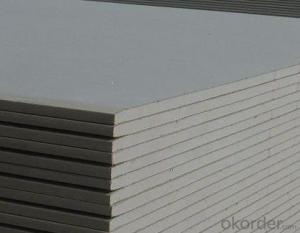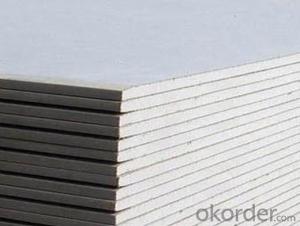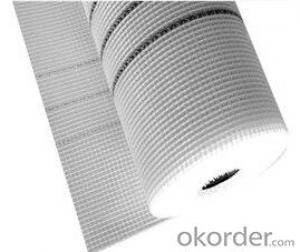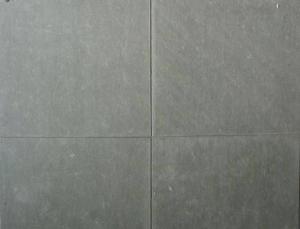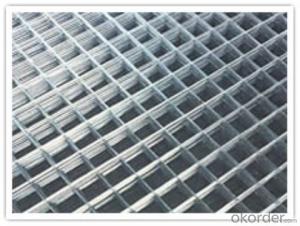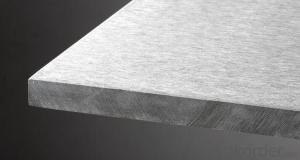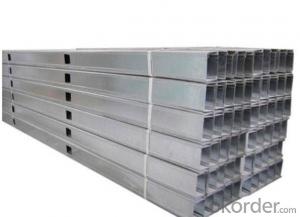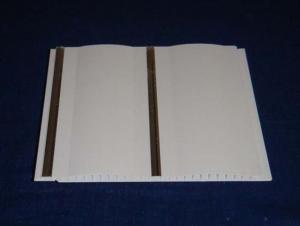Geogrid Reinforced Earth Wall
Geogrid Reinforced Earth Wall Related Searches
Best Stainless Steel For Knives Primer For Galvanized Steel H S Code For Stainless Steel Wd 40 For Stainless Steel Spray Paint For Stainless Steel Glue For Stainless Steel Stainless Steel For Bbq Step Bit For Stainless Steel Sponge For Stainless Steel Coatings For Stainless SteelHot Searches
Steel Mesh Panels For Sale Price For Stainless Steel Scrap Scrap Price For Stainless Steel Price For Stainless Steel Stainless Steel Tank For Sale Cheap High Tea Sets For Sale Stainless Steel Tanks For Sale Stainless Steel For Sale High Density Fiberboard For Sale Solar Hot Water Collectors For Sale Scaffolding For Sale In Uae Scaffolding For Sale In Ireland Scaffolding For Sale In Houston Type Of Inverter For Solar Price Of Shipping Containers For Sale Types Of Inverter For Solar Stock Price For Aluminum Used Solar Inverter For Sale Portable Led Signs For Sale Used Foam Board Insulation For SaleGeogrid Reinforced Earth Wall Supplier & Manufacturer from China
Okorder.com is a professional Geogrid Reinforced Earth Wall supplier & manufacturer, offers integrated one-stop services including real-time quoting and online cargo tracking. We are funded by CNBM Group, a Fortune 500 enterprise and the largest Geogrid Reinforced Earth Wall firm in China.Hot Products
FAQ
- Yes, geogrids can be used in wastewater treatment applications. They are often used to reinforce and stabilize the soil in treatment plants, as well as in the construction of retaining walls and embankments. Geogrids provide strength and stability to the soil, preventing erosion and promoting proper drainage in wastewater treatment facilities.
- Geogrids improve the performance of geosynthetic-reinforced slopes in liquefaction-prone areas by providing additional stability and reinforcement to the soil. They function by distributing and transferring the load across a wider area, reducing the potential for soil liquefaction. Additionally, geogrids increase the shear strength of the soil, preventing slope failure and enhancing the overall stability of the structure.
- Geogrids help in reducing soil erosion on slopes by providing reinforcement and stabilization to the soil, preventing it from sliding or eroding. They act as a barrier, distributing the weight and forces evenly across the slope, enhancing the soil's strength and preventing the movement of soil particles. This reinforcement allows vegetation to grow and establish roots more effectively, further reducing erosion by anchoring the soil in place. Overall, geogrids play a crucial role in maintaining slope stability and minimizing soil erosion.
- Plastic grid plate making process
- Geogrid is a kind of main geosynthetics, which has unique properties and effects compared with other geosynthetics. Geogrid is often used as reinforcement of reinforced soil structure or composite material
- Geogrids offer several advantages in ground improvement for slope stabilization. Firstly, they provide enhanced soil reinforcement, increasing the overall strength and stability of the slope. This helps to prevent soil erosion and slope failure, reducing the risk of landslides. Additionally, geogrids distribute the applied loads more uniformly, which reduces the stress on the soil and prevents localized failures. They also improve the bearing capacity of the soil, allowing for the construction of structures or roads on slopes that would otherwise be unsuitable. Moreover, geogrids are lightweight and easy to install, making them a cost-effective and efficient solution for slope stabilization projects.
- GDZ150 type one-way steel plastic welding geogrid D in the construction of the roadbed is horizontal paving also vertical spread?
- Of course it is perpendicular to the direction of the route
- Reinforced soil technology is embedded in the soil of geosynthetics, which in the soil into the steel line?
- The concept of reinforcement is very old.This is the oldest now can see Dujiangyan water if can find the concept of reinforcement.
- Yes, geogrids are suitable for use in cold climates. Geogrids are designed to withstand extreme weather conditions, including cold temperatures. They are made from materials that can resist freezing and maintain their structural integrity in cold environments. Additionally, geogrids are used for reinforcement and stabilization purposes in civil engineering projects, such as roads and retaining walls, in various climates worldwide, including cold regions.

